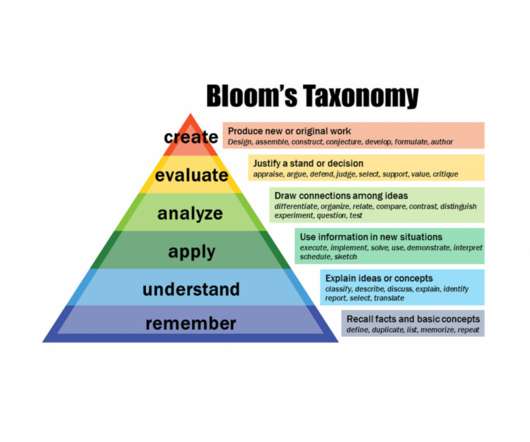Content, Skill and Scale: ID Best Practices?
Infopro Learning
JULY 27, 2023
Learning leaders must adopt a comprehensive perspective encompassing these elements to effectively address these disruptive changes and reevaluate their organization’s approach to foster meaningful employee training delivery and knowledge retention. The evolution of eLearning has been a captivating journey to observe.

















































Let's personalize your content